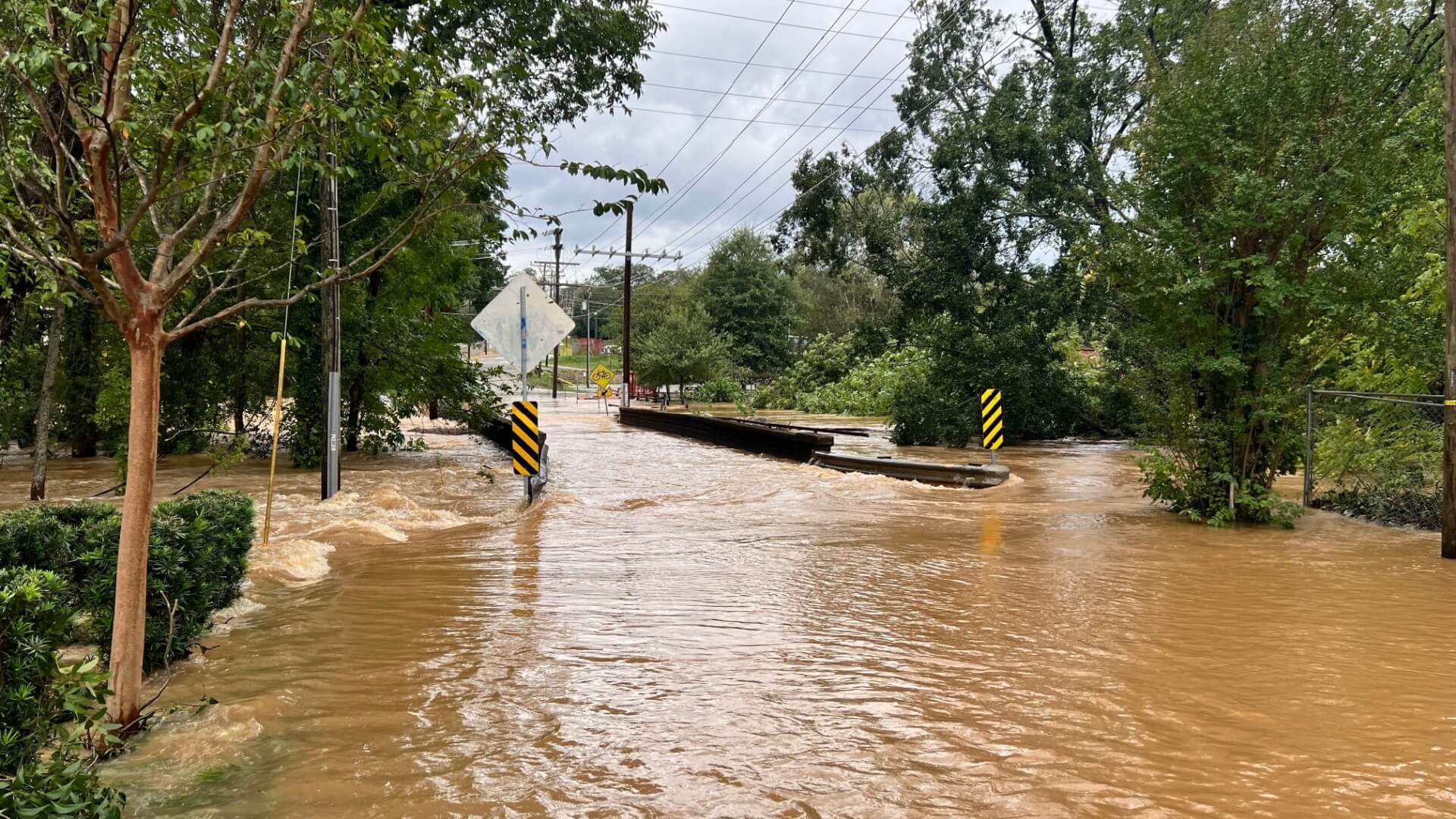Protecting Your Business When Disaster Strikes
When disaster strikes, the difference between a temporary setback and permanent closure often comes down to preparation. Business continuity insurance acts as a financial lifeline during these critical periods, helping businesses weather the storm, sometimes quite literally in Florida’s case.
At its core, business continuity insurance is designed to protect businesses from income loss resulting from disruptions to operations caused by covered events. It’s not just about rebuilding physical structures; it’s about maintaining financial stability while your business recovers.
Between 30-40% of small business owners carry some form of business interruption insurance, which is concerning since catastrophic events can strike any business at any time. For Florida-based businesses, where hurricane season is an annual worry, this coverage isn’t a luxury—it’s a necessity. To ensure your business is protected when disaster strikes, EC Law Counsel can help.
Difference Between Business Continuity Insurance and Business Interruption Insurance
The terms “business continuity insurance” and “business interruption insurance” are often tossed around interchangeably. This can be confusing, but understanding the distinctions is important.
Business interruption insurance typically focuses on financial compensation for lost income and continuing expenses during a period when operations are halted due to a covered peril. It’s more reactive, stepping in after disaster hits.
On the other hand, business continuity insurance covers similar financial aspects but takes a broader approach that includes planning, prevention, and recovery strategies. It’s more holistic, considering operational continuity beyond just the financial impacts.
What Does Business Continuity Insurance Cover?
Business continuity insurance is a lifesaver when your business faces an unexpected shutdown. This coverage kicks in when events force you to temporarily close or scale back operations. Knowing which scenarios activate your policy is key to staying prepared.
Typically, your policy will cover a variety of perils. From the destructive force of fire, a leading cause of business interruption claims that often costs millions, to the severe effects of wind damage, especially relevant for businesses in Florida that often face hurricanes. Then there’s falling objects and lightning, which bring their own set of damages, and theft, where physical damage leads to operational pauses. Finally, civil unrest may include disruptions caused by riots or actions taken by civil authorities.
The crucial factor for most policies is direct physical damage to your property. Without it, coverage usually won’t activate.
The Damages Insurance Covers
Once your policy is triggered, it typically covers a range of financial aspects to keep your business afloat:
- Lost profits: The income you would have earned during the downtime is crucial, as it helps maintain your financial stability.
- Fixed costs: These are your ongoing expenses, such as rent and utilities, that continue even when your operations are suspended.
- Payroll: It’s essential to maintain your team’s stability, so the policy typically covers wages for retained employees during closures.
- Taxes and loan payments: These financial obligations don’t take a break, so coverage usually includes property taxes and debt servicing.
- Relocation expenses: Should you need to move temporarily, this coverage helps with those costs.
- Extra expenses: Sometimes, you incur additional costs to minimize business downtime, and this coverage helps cover those extra efforts.
For businesses in hurricane-prone areas, such as Florida, understanding these protections is particularly crucial. Take a restaurant in Fort Myers, for instance. If a hurricane damages its roof, leading to a lengthy closure, business continuity insurance would cover lost revenue, rent, employee wages, and utilities during the repair period.
Key Components of a Business Continuity Insurance Policy
When you dive into a business continuity insurance policy, several components shape how well-covered you are:
- Coverage limits determine the maximum payout for a claim, so these must match your business’s potential needs during a closure. Experts suggest using your gross earnings and future profit expectations as a guide.
- Watch out for the waiting period, typically 48 to 72 hours, which works like a deductible. You’ll need to shoulder initial losses before the policy steps in.
- The restoration period, also known as the “period of indemnity,” refers to the duration during which the insurance company supports you after a loss. While standard policies offer 30 days, extending this up to 12-24 months can be a wise decision, especially in disaster-prone areas.
- Extra expense coverage helps cover costs associated with maintaining operations, such as renting a temporary office. This is vital for businesses that must maintain client service.
- Civil authority coverage covers losses when government actions due to nearby damage prevent access to your business, even if your property isn’t directly damaged.
- Contingent business interruption coverage extends to losses from damage to suppliers or other critical businesses. This can be a lifeline for companies reliant on specific suppliers.
- Lastly, an extended period of indemnity helps as you work back to pre-loss income levels, which can be a slow climb after reopening.
The length of the restoration period is especially crucial. Industry data shows that standard policies often cover 30 days, but this coverage can be extended up to 360 days with the right endorsements. For businesses in areas like Florida, prone to widespread disasters, opting for a longer period is often necessary. The recovery journey can be long, so having this coverage in place can mean the difference between a full recovery and a setback.
Determining the Right Coverage for Your Business
Calculating the appropriate amount of business continuity insurance requires a careful analysis of your business’s financial needs in the event of a potential interruption. Insufficient coverage can leave your business vulnerable during recovery, while excessive coverage results in paying unnecessary premiums.
To determine the right coverage amount, consider these key factors:
- Gross Earnings Analysis: Review your business’s financial statements to calculate your typical monthly gross earnings. This provides a baseline for estimating potential income loss.
- Future Profit Projections: Consider anticipated growth when setting coverage limits. If your business is expanding, your current earnings may not reflect future needs.
- Fixed Operating Expenses: Identify all expenses that would continue during a shutdown, including:
- Rent or mortgage payments
- Employee salaries and benefits
- Loan payments
- Utilities
- Insurance premiums
- Property taxes
- Recovery Timeline Assessment: Estimate the time required for your business to recover from various scenarios. A minor fire might require weeks of recovery, while major hurricane damage could take months or even years.
- Industry-Specific Considerations: Different industries have unique recovery challenges. A retail store in Hollywood, FL, might recover quickly from physical damage, while a specialized manufacturing facility in Fort Myers might face longer delays due to equipment replacement.
- Location Risk Factors: Florida businesses face specific regional risks, particularly from hurricanes and flooding. These events can cause widespread damage, potentially extending recovery times due to regional contractor shortages and supply chain disruptions.
- Supply Chain Dependencies: If your business relies heavily on specific suppliers, consider how disruptions to their operations might impact your recovery timeline.
Common Exclusions and Limitations
Understanding what your business continuity insurance doesn’t cover is just as important as knowing what it does cover. Most policies contain specific exclusions and limitations that could leave gaps in your protection if not properly addressed.
Common exclusions in business continuity policies include:
- Flood Damage: Standard policies typically exclude flood-related interruptions. For Florida businesses, this is a critical gap that usually requires separate flood insurance coverage.
- Earthquake Damage: Like flood damage, earthquakes are generally excluded from standard coverage and require separate policies or endorsements.
- Viral or Bacterial Contamination: Most policies explicitly exclude coverage for business interruptions caused by viruses, bacteria, or other microorganisms.
- Pandemic-Related Losses: The COVID-19 pandemic revealed a major gap in many business interruption insurance policies. When businesses were forced to close, many found their losses weren’t covered. This is because the insurance industry generally treats pandemics as uninsurable events—too widespread and unpredictable to be included in standard coverage.
- Utility Service Interruptions: Power outages or water service disruptions are typically excluded unless they result from direct physical damage to your property.
- Undocumented Income: If your business cannot provide adequate documentation of prior income, insurers may limit or deny claims for lost revenue.
- Partial Interruptions: Some policies only cover complete shutdowns, not partial reductions in operations.
Contact EC Law Counsel For Help Claiming Business Continuity Insurance
Business continuity insurance isn’t just an expense—it’s an investment in your future. It’s a financial bridge that carries you from disaster to recovery.
By understanding your coverage, planning comprehensively, and turning to experienced professionals when needed, your business can not only survive unexpected bumps in the road but also come out stronger on the other side.
For more on how EC Law Counsel can assist with insurance claims, contact us today to schedule a consultation.





